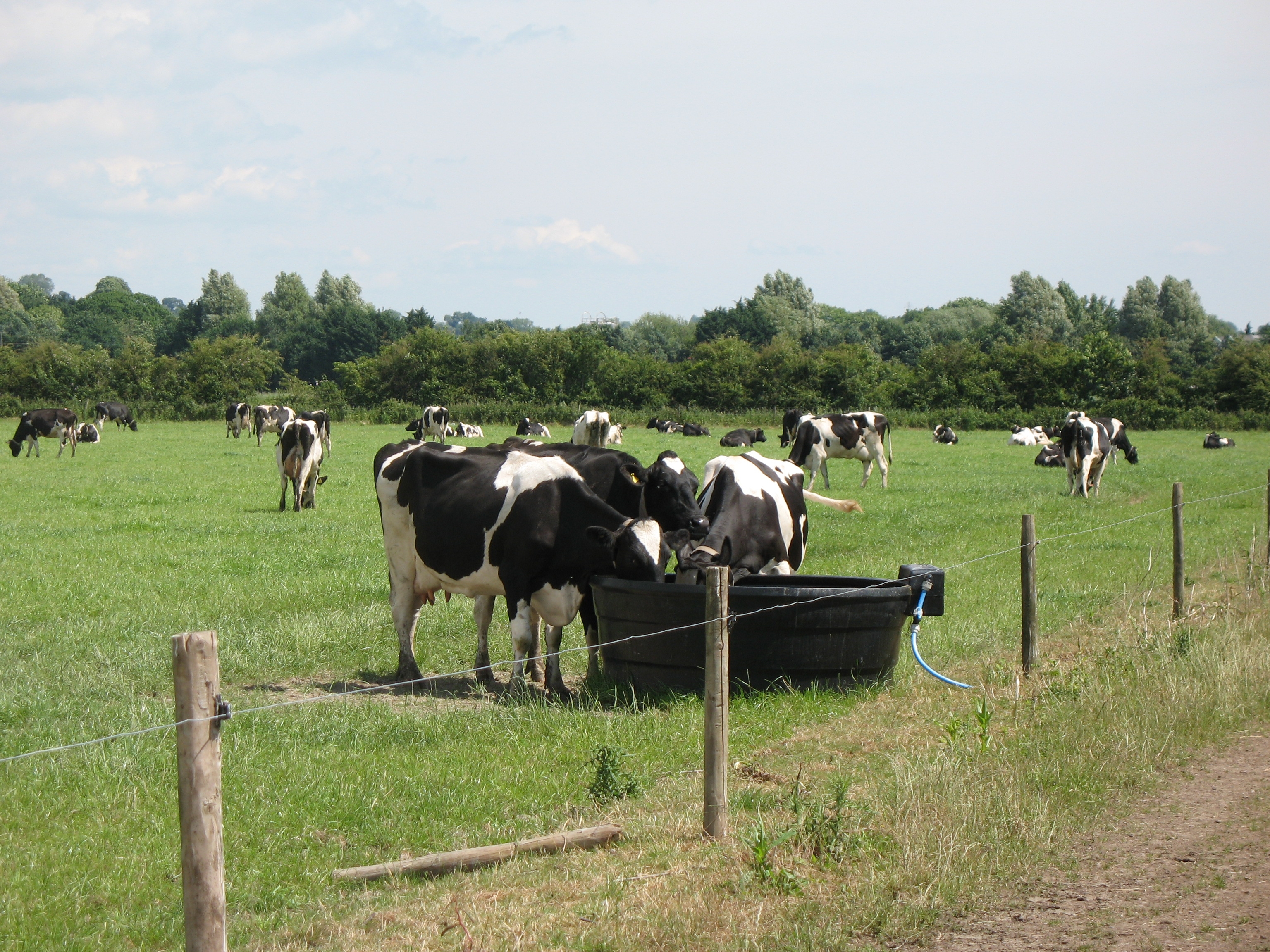- Home
- Knowledge library
- The importance of testing borehole water
The importance of testing borehole water
Borehole water might be free, but it still requires a budget for an annual maintenance and testing schedule.
Keeping an eye on water quality and palatability is essential to avoid troughs furring up, help maintain palatability and water intakes at grass, and reduce the risk of water-borne mastitis infections such as pseudomonas.
As well as annually servicing the borehole pump, it is important to have an annual water quality test, says Ian Ohnstad of The Dairy Group. The responsibility for human health risks associated with a private water supply, for the farmhouse and staff accommodation, rests with the farmer and is regulated by local authorities with maximum permissible levels for E. coli and faecal Streptococcus.
“Sampling once a year is good enough, but if the supply is contaminated, once you have addressed the problem, sample again to monitor and control the situation,” says Ian, adding that it is also wise to test for iron (which can form a biofilm inside equipment), and lead. The ideal place to sample borehole water is at the point of use, i.e. the tap: “Disinfect the tap thoroughly before sampling and use sterile sample bottles supplied by the lab – one that is registered for water testing by the local authority and that can supply comment about the results and what to do,” he explains.
“If water is full of coliforms, you need to walk through the system and sample water at different points to identify the problem. You might get different results, for instance, at the volume washer, borehole, holding tank, or where you use water to mix the calf milk replacer.”
Problems can occur when the top of a borehole in a field collapses, or it has dirty water pouring into it from nearby poaching. “This is obvious to fix. However, don’t have a fully fitted lid. Treatment ranges from iron filters and dosing systems that deliver a low dose of hypochlorite disinfectant, to particulate filters that remove sediment before treating water with UV.”


